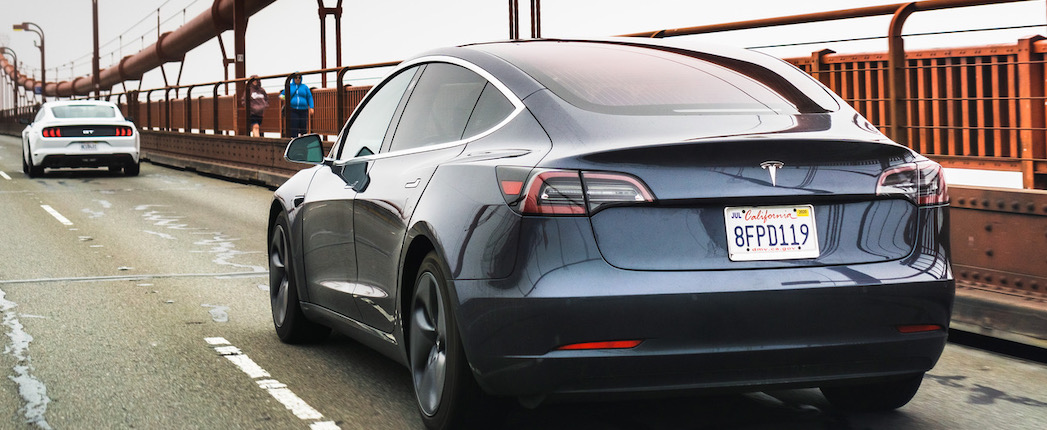
Legislators in California have agreed to ban internal combustion engine vehicle sales by 2035, a move that State Governor Gavin Newsom described as the beginning of the end for ICEs.
California is the largest auto market in the United States. Currently, about 16% of cars sold in California are electric, up from 12.4% last year, according to state statistics. More than a dozen other states typically follow California’s lead when setting their own auto emissions standards. If those states follow suit, the restrictions will apply to about a third of the U.S. car market.
The sweeping plan, voted in on Aug. 25 by the state’s Air Resources Board, will decrease and ultimately ban the sale of gasoline cars. The rule could speed up automakers’ plans to produce more cleaner vehicles – the state will levy fines for those automakers who fail to do so.
“Our kids are going to act like it’s a rotary phone, or changing the channel on a television,” Governor Newsom told the New York Times.
The decision traces its origins in a September 2020 executive order to clean up California’s auto fleet. Market observers believe the new policy, detailed previously at a news conference, will accelerate the global transition toward electric vehicles.
“This is huge,” Margo Oge, an EV expert who headed the U.S. Environmental Protection Agency’s transportation emissions program under Presidents Bill Clinton, George W. Bush and Barack Obama, told the Times. Following states’ own versions of these policies “will drive the market, and drive innovation,” she said.
Authorities will implement the rule in phases, requiring that 35% of new passenger vehicles sold by 2026 produce zero emissions. That requirement climbs to 68% by 2030. They will also fine automakers up to U.S. $20,000 for every car that falls short of production targets. The state also could propose new amendments revising the sales targets if the market doesn’t react accordingly.
However, the rule is susceptible to technical, logistical, infrastructural and political factors.
“Whether or not these requirements are realistic or achievable is directly linked to external factors like inflation, charging and fuel infrastructure, supply chains, labor, critical mineral availability and pricing, and the ongoing semiconductor shortage,” said John Bozzella, president of the Alliance for Automotive Innovation, a trade representative of large U.S. and foreign automakers in the U.S.
Its implementation also depends on who gets hold on to power in Washington D.C. The rule follows President Joe Biden’s $370 billion in incentives and tax credits to clean energy programs. Described as the largest action taken by the federal government to combat climate change so far, the legislation could help the U.S. cut its emissions 40% below 2005 levels by 2030.
California leads the way after it got a waiver under the Clean Air Act, which former President Donald Trump had halted in a bid to set its own rules to decrease the air pollution by the automobiles.
If the Republicans take control of the Senate and House of Representatives, it may fight California’s authority and obstruct implementation of Biden’s programs.
Critics of policies for rapid adoption of EVs point to high vehicle costs. They are also concerned that the conversion to electric mobility could put a strain on the electricity grid. To counter their fears, the administration is also promoting renewable energy as an important factor in the new circular economy.
Governments in Canada and Europe have all set goals to phase out ICE sales between 2030 and 2040. But none has concrete mandates or regulations like the California rule. Germany, Europe’s largest carmaker, recently baulked at the European Commission’s plans ICE ban by 2035.
“This regulation will set the global high-water mark for the accelerated transition to electric vehicles,” Drew Kodjak, executive director of the International Council on Clean Transportation, a research organization, told the New York Times.

Sorry, a technical error occurred and we were unable to log you into your account. We have emailed the problem to our team, and they are looking into the matter. You can reach us at cs@lubesngreases.com.
Click here link to homepage